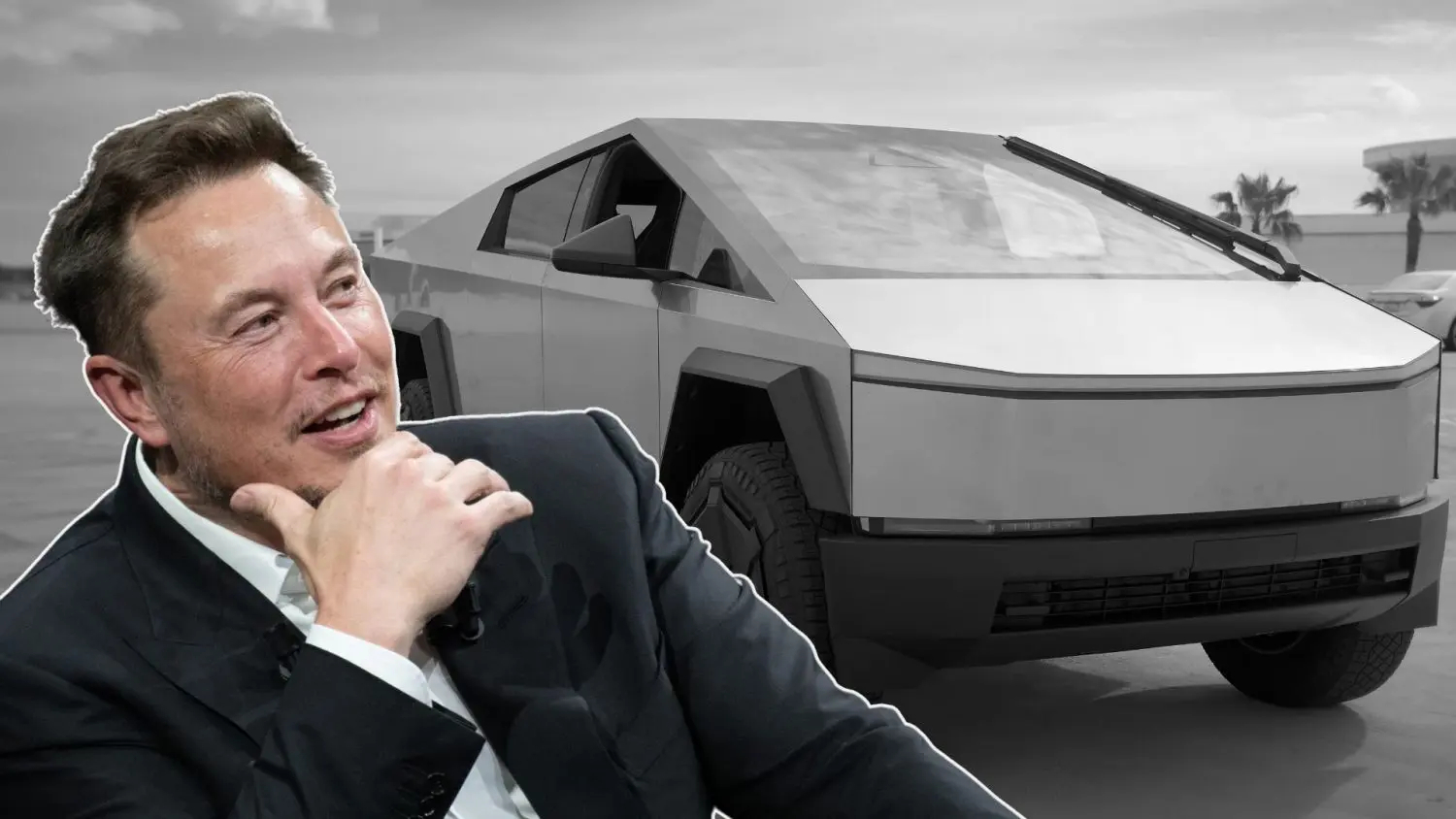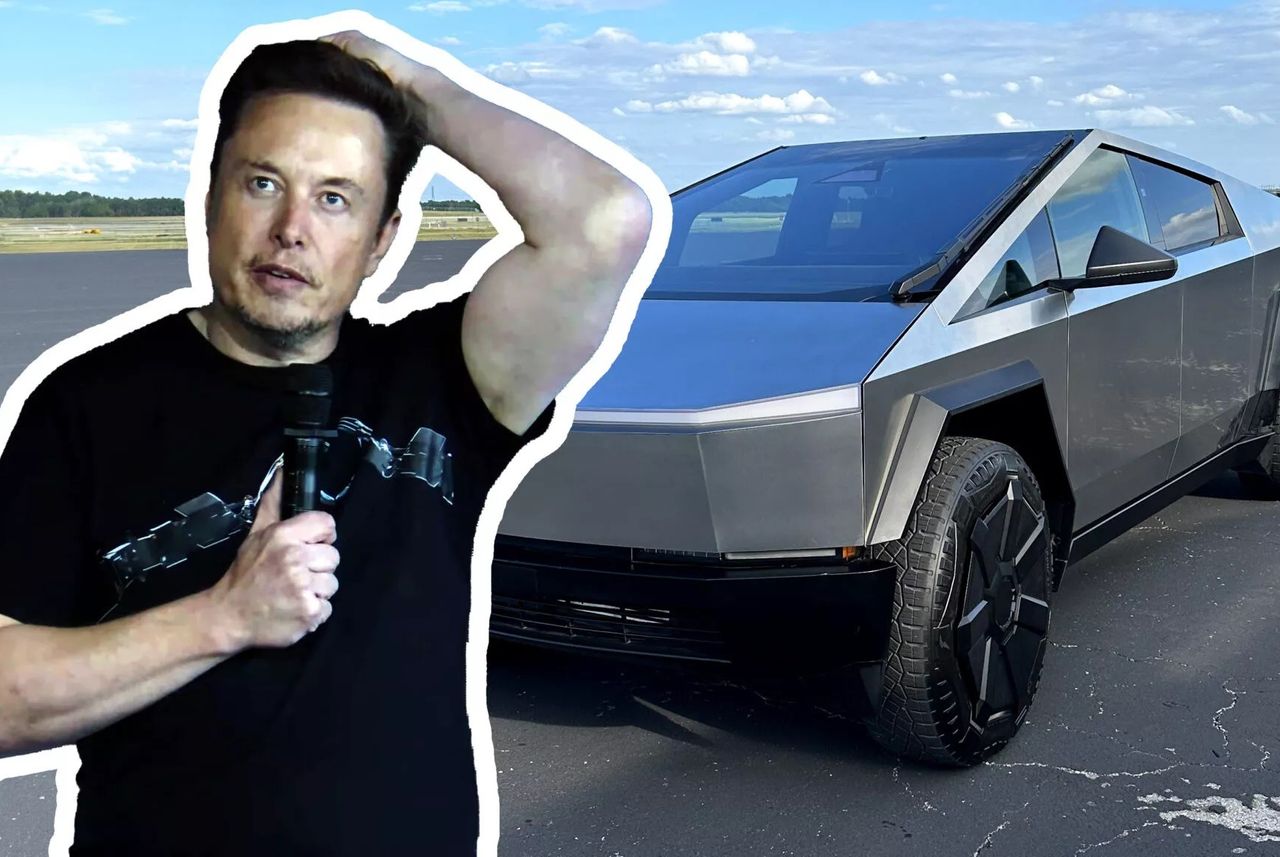Concerns are growing over the slowing demand for the Tesla Cybertruck, leading to accusations that CEO Elon Musk is leveraging his other companies, SpaceX and the AI startup xAI, to absorb excess inventory and artificially inflate sales figures.

Initially touted as a revolutionary electric pickup, the Cybertruck is reportedly becoming a significant inventory problem for Tesla. According to sources cited by Electrek, thousands of unsold vehicles are piling up at the Austin, Texas, factory, despite repeated price reductions.
The Internal Solution
To tackle the stock surplus, it is reported that both SpaceX and xAI have purchased hundreds of Cybertrucks in recent weeks. The official rationale provided by these companies is the natural transition from gas-powered fleet vehicles to electric vehicles, aligning with Musk's broader mission of sustainability.
However, industry analysts view this internal spending as a transparent effort to mitigate investor pressure on Tesla. Critics suggest the move is intended to "window dress" poor sales data and reduce the inventory burden on the automaker's balance sheet, rather than being driven purely by operational necessity.

The newly acquired Cybertrucks are being distributed across various Musk-owned facilities, including the Starbase launch site in Boca Chica and the Starlink factory in Bastrop, as well as several xAI premises. Footage from channels like NASASpaceflight has documented the recent arrival of numerous Cybertrucks at Starbase, fueling speculation about their purpose.
Sales Falling Short of Ambition
When the Cybertruck launched, Tesla set a sales target of up to 300,000 units per year. In reality, sales figures have dramatically underperformed. In the first quarter of 2025, the company managed to move only about 5,000 units. This stark discrepancy between ambition and reality is the core driver behind the need for an "internal bailout."
While supporters praise the initiative as a logical step toward fleet electrification across Musk's ecosystem, skeptics remain focused on the financial optics. The central question remains whether this is a sustainable strategy to manage demand or merely a temporary fix to hide a troubled product line that appears to be losing its initial market appeal.
0 comments:
Post a Comment